- Purpose of the Article: Branding Capabilities.
- Intended Audience: Public
- Tools and Technology: Workato
- Keywords: SAP SLT, SAP CDC connector, Azure SAP CDC connector
Requirement:
To replicate S/4 HANA application data with real time CDC using SLT configuration eventually loading replicated data into Azure Blob Storage.
The architecture diagram given below:

Architecture Details:
Source system: S49 (S/4 HANA 1909)
Replicated system: EH8 (ECC 6.0 EHP8)
Orchestration with: AZURE ADF
Target system: Azure Blob Storage
Pre-requisites:
- SAP .Net Connector 64-bit latest version should be installed in Self hosted Integration Runtime Gateway tool installed system or server.
- It is mandatory to choose Install Assemblies to GAC option while installing.
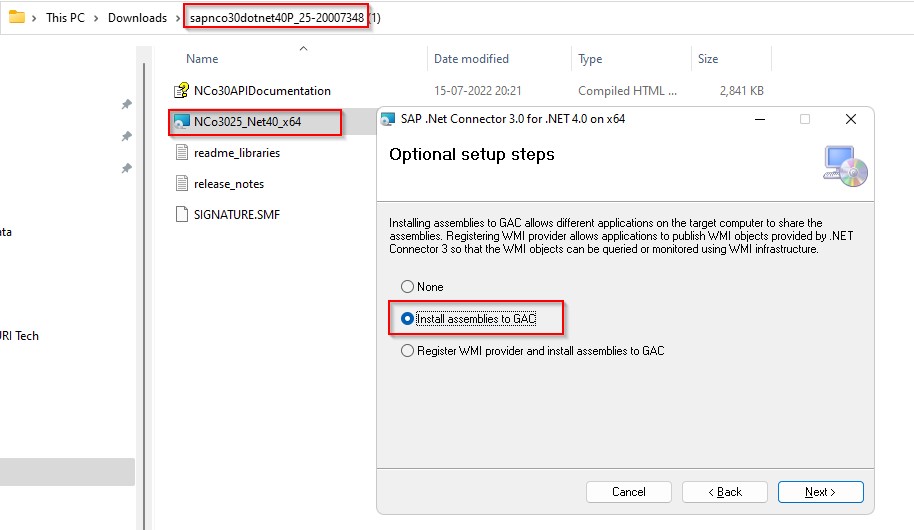
- Install Self hosted Integration Runtime (ADF) Gateway tool in local machine.
Data Flow Configuration in AZURE Data Factory (ADF):
SAP CDC connector is available in AZURE Data Factory (ADF) data flows. Therefore, use data flow CDC connector in this scenario.
To carry out this POC,configuration and orchestration settings have been done as below.
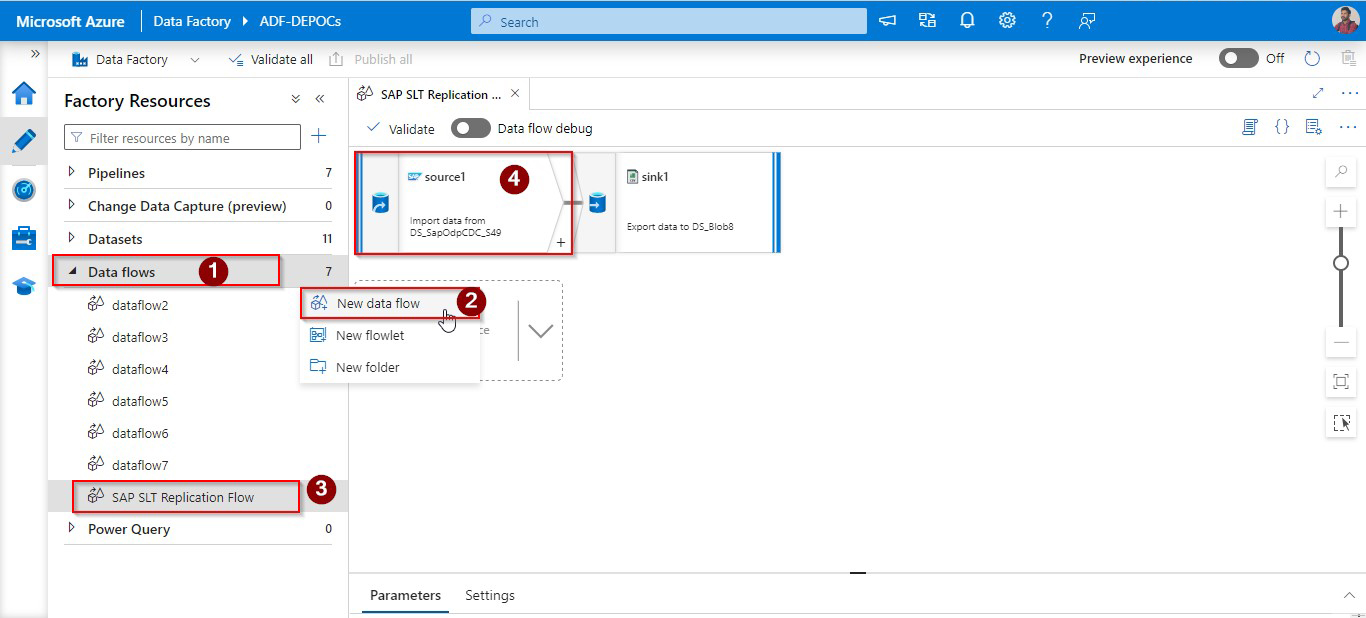
- Create new data flow navigating through data factory data flow section.
- Click on the new data flow option which will create new data flow.
- Give appropriate name to data flow – SAP SLT replication integration with blob.
- Add a source to the data flow, here in this case source is S/4 HANA.
To connect with S/4 HANA we need to establish connection using linked service and data sets. Those details are given below.
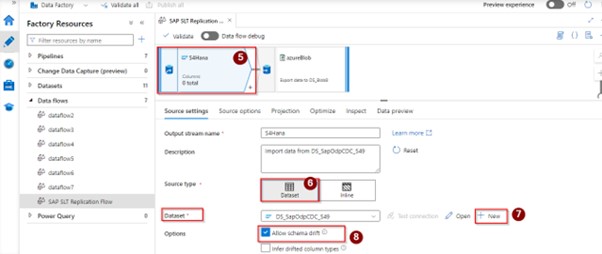
- S/4 HANA source has been added using related data sets and linked services.
- Here we can choose either data set or inline. This approach used data set option.
- New data set has been created on S/4 HANA using CDC connector.
To create data set first linked service is to be created, that will be shown in next image.
- It is a default option; it can be as it was.
There is a sampling option, based on the requirement it can be enabled or disabled.
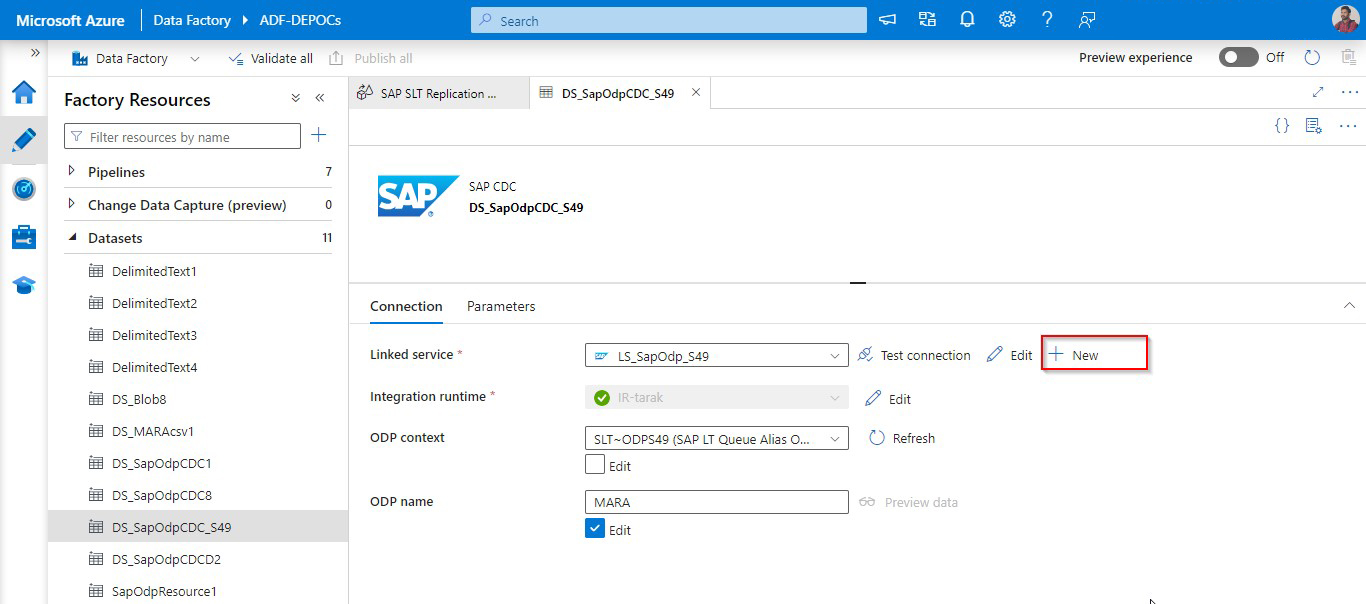
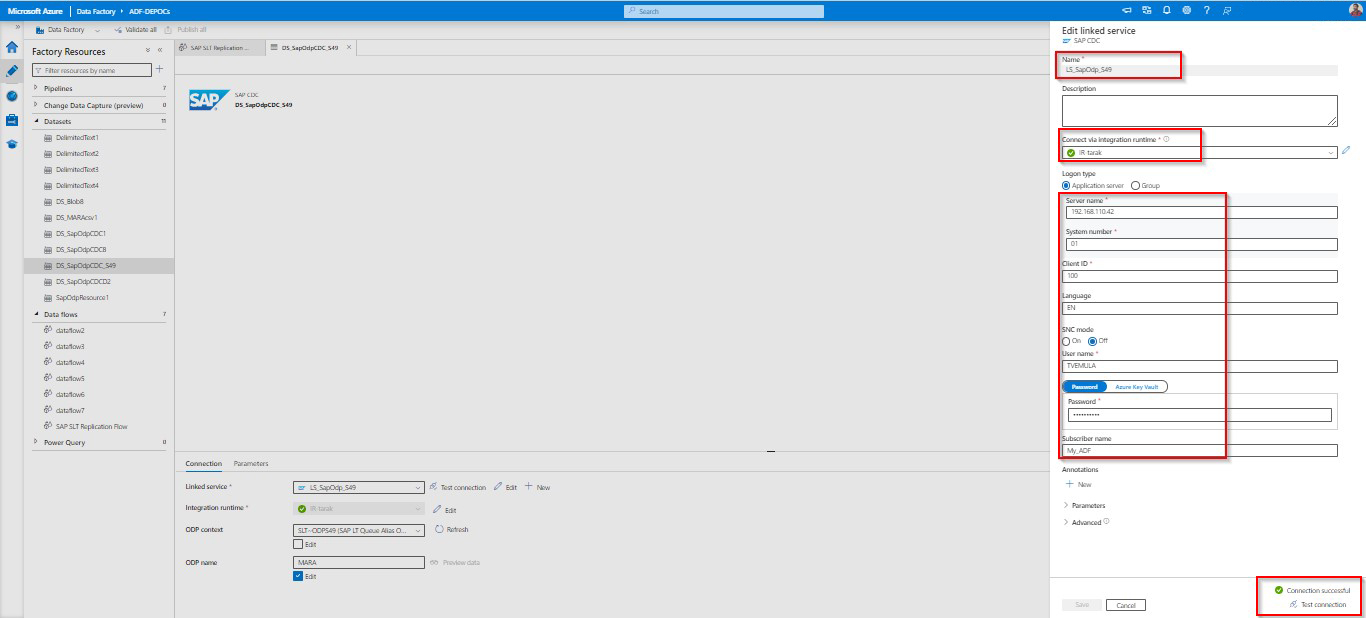
To create a linked service, pass above mentioned ECC – replication server details as we are going to get replicated data from ECC system which is sourced from S/4 HANA.
Check all the server details. Connection to Replication server should be successful.
After creating linked service, we will be able to access ODP context and ODP name. Which was configured in ECC replication system.
These ODP (Operational Data Provisioning) context is the Replication configuration queue which will capture real time change data into ECC system from S/4 HANA. Using ODP AZURE CDC connector will get CDC data of S/4 HANA.
ODP is nothing but a table name to which CDC is going to capture.
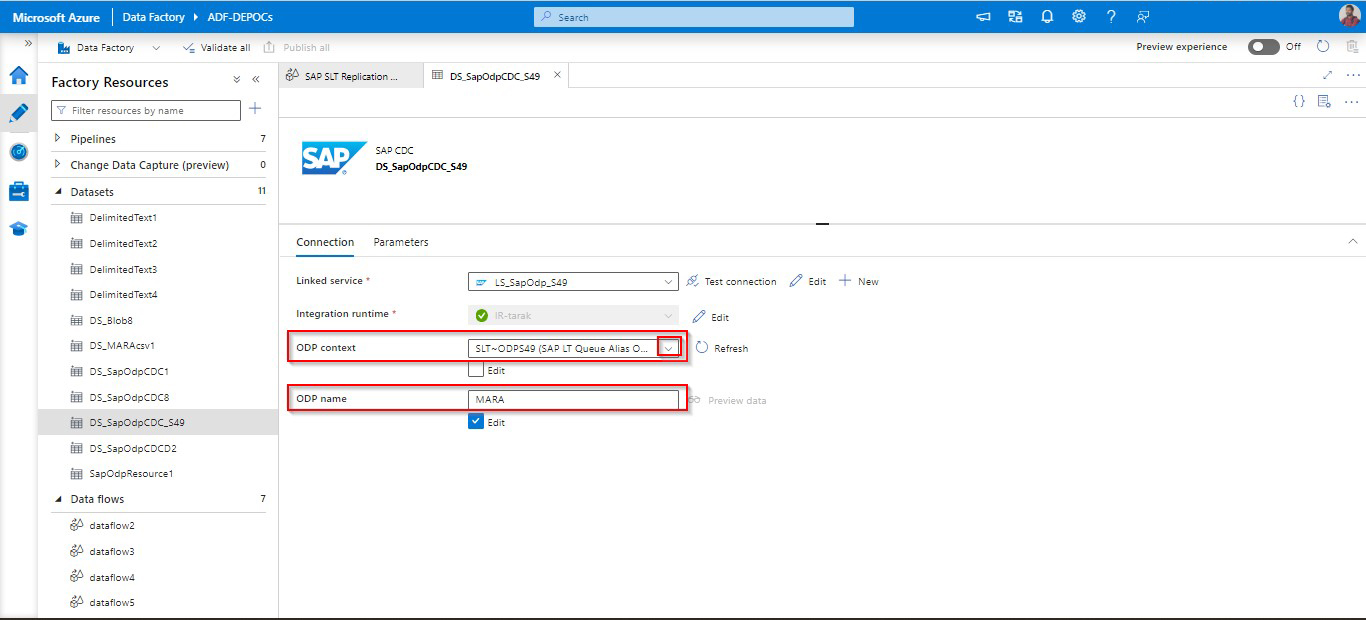
Under source options need to select below options.
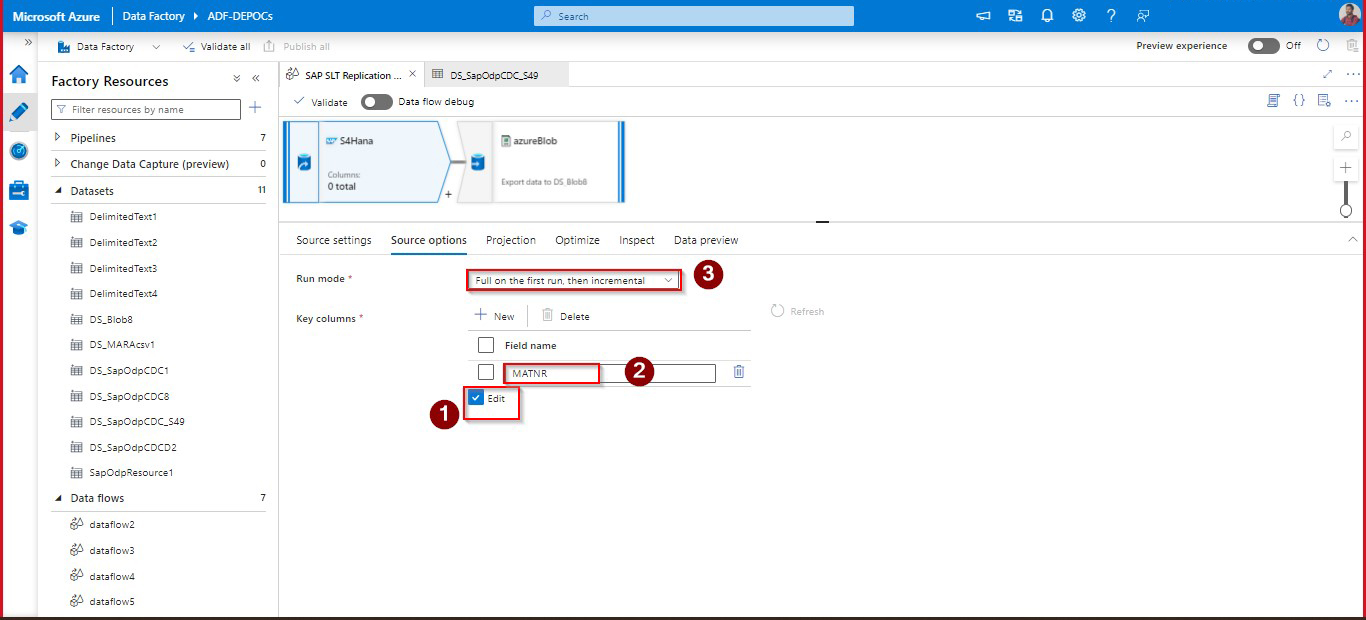
Here, using key column CDC data will be identified.
Run mode can be selected based on the requirements from the list. Run mode can be selected based on the requirements from the list. From here after SAP SLT replication system configuration will be setting up. That will cover in part 2.
References:
https://learn.microsoft.com/en-us/azure/data-factory/sap-change-data-capture-debug-shir-logs
https://learn.microsoft.com/en-us/azure/data-factory/sap-change-data-capture-management
Author Bio:

Syam Kumar ANGALAKURTHI
Team Lead - Analytics
7 Yrs. of Extensive experience in Azure Data integration & Application integrations. Worked in different industries like Retail, HealthCare, Oil & Natural Gas, Manufacturing and Banking Finance.


